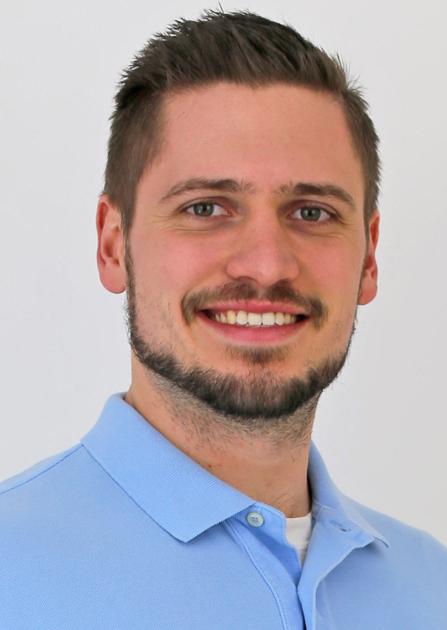
Over the past two columns, I reviewed two studies covering alternative and complementary medicine for cancer treatment. For those who didn’t happen to read those columns, alternative medicine refers to medicine that is used instead of conventional treatment. Complementary medicine refers to treatment that is used in addition to conventional treatment. Treatments that are classified as alternative or complementary by default have been proven not to work or have not been proven to work. To paraphrase a quote I once heard, “Once a treatment is scientifically proven to work, it is no longer called alternative or complementary. It’s just called ‘medicine.’”
The first study, published in 2017 in the Journal of the National Cancer Institute, compared outcomes and survival of patients who chose alternative medicine to treat their cancer instead of conventional cancer treatment. This study found that there was a two-and-a-half times higher risk of death within 5 years for patients who chose alternative medicine instead of conventional cancer treatment for non-metastatic breast, prostate, lung, and colorectal cancers.
The second study was published in 2018 in the Journal of the American Medical Association Oncology and looked at the use of complementary medicine on outcomes and survival rates compared to patients who used conventional cancer treatment only. The results were fairly similar. Those who used complementary medicine had a two-times greater risk of death within 5 years compared to those treated with conventional cancer treatment alone. However, when controls for the delay or refusal of additional conventional cancer treatment after the initial intervention were included, the increased risk of death was no longer statistically significant.
This revealed that using complementary medicine did not appear to impact outcomes so long as all of the conventional cancer treatment was completed. If treatment was refused or delayed, however, an increased risk of death was present. An example of someone completing some conventional cancer treatment but not all would be someone with breast cancer who undergoes surgery to remove the tumor but does not complete the additionally recommended radiation or hormone therapy after, perhaps seeking out other complementary medicines instead. According to this study, that person would have a higher risk of death within 5 years versus someone who completed all recommended conventional treatment.
Now, I don’t know about you, but after covering these two studies, I feel pretty strongly that conventional cancer treatment is the way I would go if I was diagnosed with cancer. But, do these two studies close the book for good on alternative and complementary medicine for cancer? Well, no. Both of these studies had their limitations. Here are a few.
First, the authors of these studies do consider that there are likely people who use complementary and alternative medicine (CAM) that do not report it, either not wanting to reveal it to their doctor or not realizing they’re using CAM because their doctor recommends them. However, these studies found that the typical person who utilizes CAM for cancer were generally younger and had a higher income. This would likely predispose them to better outcomes, though that didn’t happen when they used CAM.
Second, the studies did not appear to evaluate any outcomes, such as quality of life, pain levels, function, etc. to determine if the use of CAM helped people live a better life while using those methods. Complementary treatments with the completion of all recommended conventional cancer treatment could potentially improve these indicators which could be extremely important to the patients undergoing treatment.
Lastly, and perhaps most strongly, the identification of CAM usage includes a wide range of options from herbal supplements to acupuncture to meditation to magical “all-natural” concoctions sold by some company online. This study includes them all together, so we can’t really see if there are certain treatments that did have beneficial effects. For example, some studies might classify massage and meditation as CAM. However, massage and meditation are quite different from relying on herbal supplements and “all natural” concoctions sold by alternative practitioners. From my experience in physical therapy, I would absolutely go with massage, meditation, or even acupuncture to potentially improve pain and quality of life. But I wouldn’t go with extreme diets, herbal supplements, and other proposed treatments instead of conventional cancer treatment.
Considering these and other limitations that are inherent in these studies and the fact that we only reviewed two studies on a complex topic, the book isn’t closed on all CAM for cancer. But from my review of the scientific evidence, it appears conventional treatments demonstrate vastly improved survival. Conventional treatments, such as chemotherapy and radiation, aren’t pleasant. The good news, though, is that we have new treatments being developed and tested every day. The great thing about science and conventional treatment is that it is continually progressing, evolving, and changing, all to improve outcomes and save people’s lives.
Nick McClary earned his doctor of physical therapy from the University of Tennessee. He also holds a masters in business administration. He grew up in Georgetown, lives in Pawleys Island, and works in Murrells Inlet. Send him your health and fitness questions at: nmcclaryDPT@gmail.com.